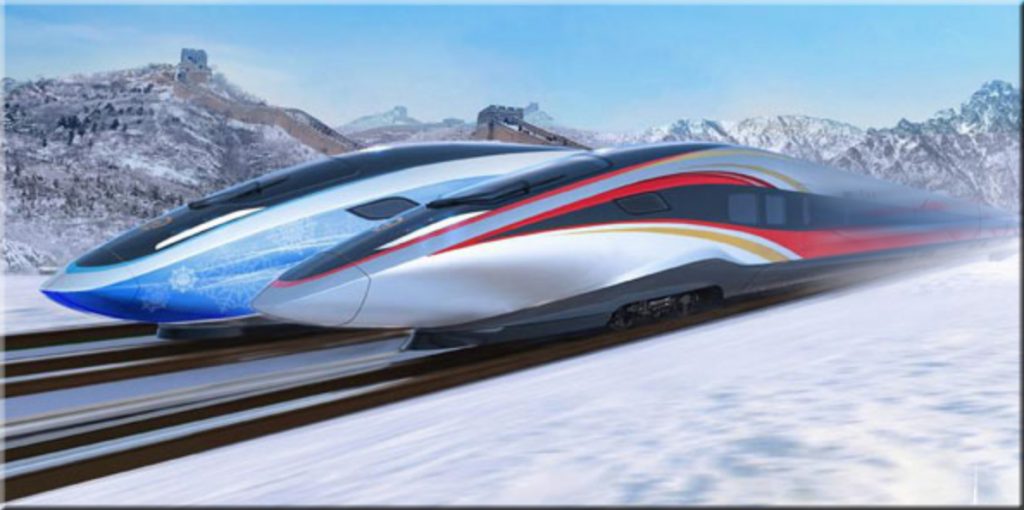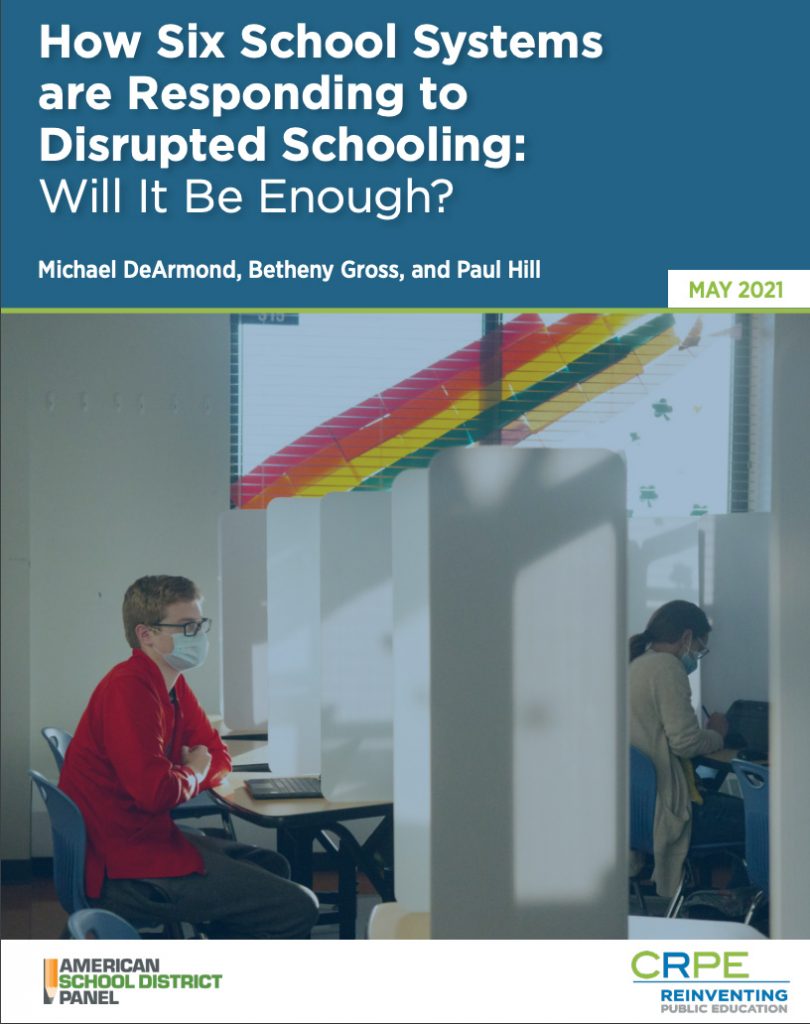As school districts move from “reopening” to “recovery,” what will they be recovering from? — from crpe.org by Paul Hill & Michael DeArmond
Excerpts:
Coming out of the pandemic, these leaders thought it was time to try something fundamentally different. “We have to rethink school, period,” one told us.
They thought schools needed to “recover” from traditional conceptualizations of schooling that had never provided all students with high-quality learning opportunities. As these leaders talked about rethinking public education, they put lots of ideas on the table, some of which they piloted during the pandemic:
- Hybrid or blended instructional models that combine in-person and online learning
- Fully remote options
- Learning pods where students work independently or receive one-on-one support
- Mixed-age classes based on proficiency level
- Grade band progression as opposed to grade levels
- Self-paced individualized instruction
- Co-teaching
- Weekend and intersession camps and instructional programming
- Evening learning opportunities (e.g., time in CTE shops, art studios, etc.)
- Enhanced summer programming
- “Do-over years” (where students aren’t identified as having been “retained”)
Also see:
From DSC:
When I see the word acceleration mentioned here…it (at least initially) raises a red flag for me. Speeding up the trains will leave many further behind. And if that’s not what’s happening here, I’d say that another word or phrase be identified and used here…as many others will have the same initial reaction to this word. A PR problem.










